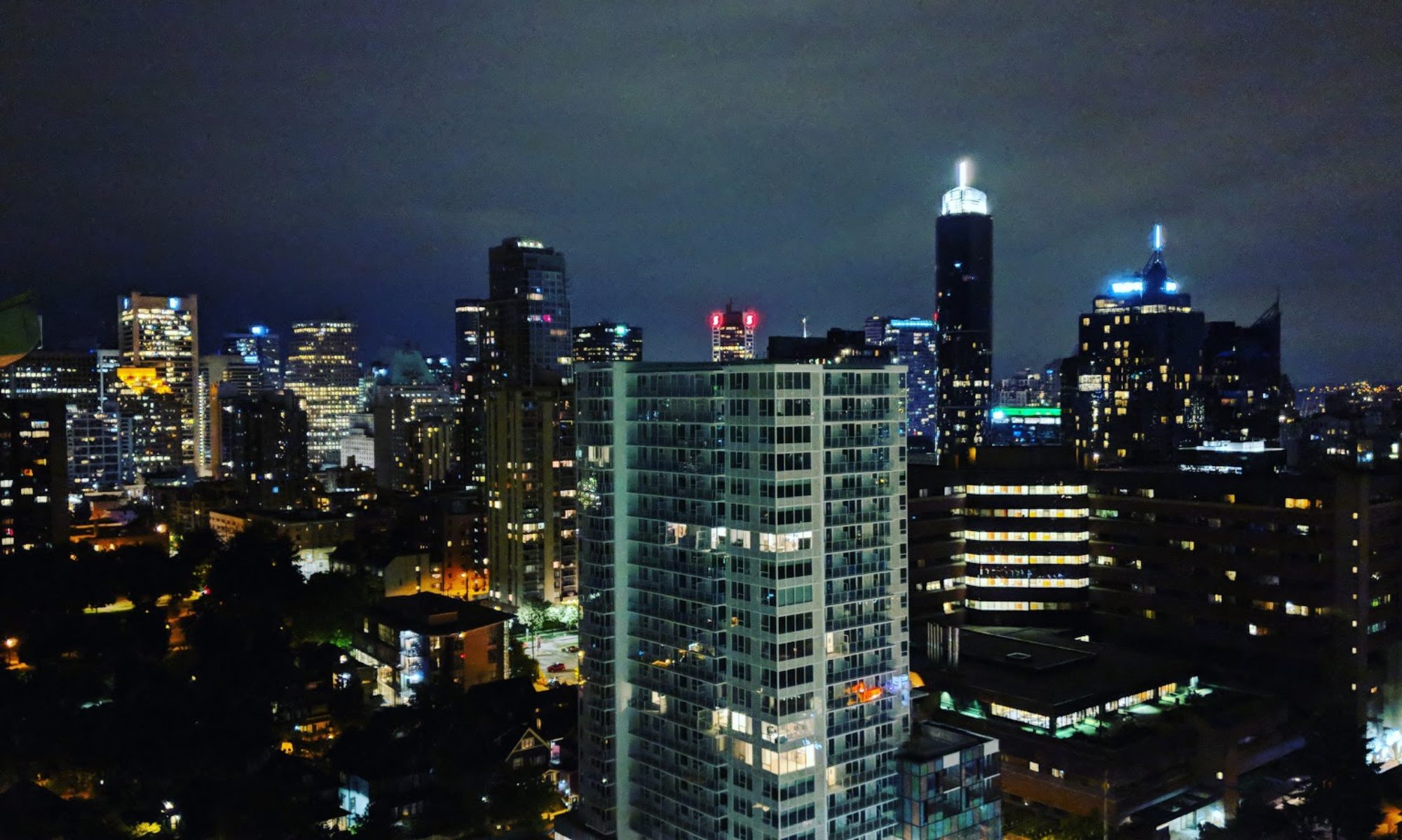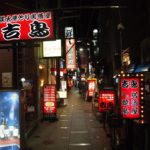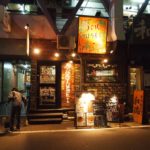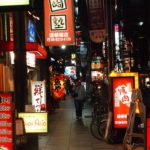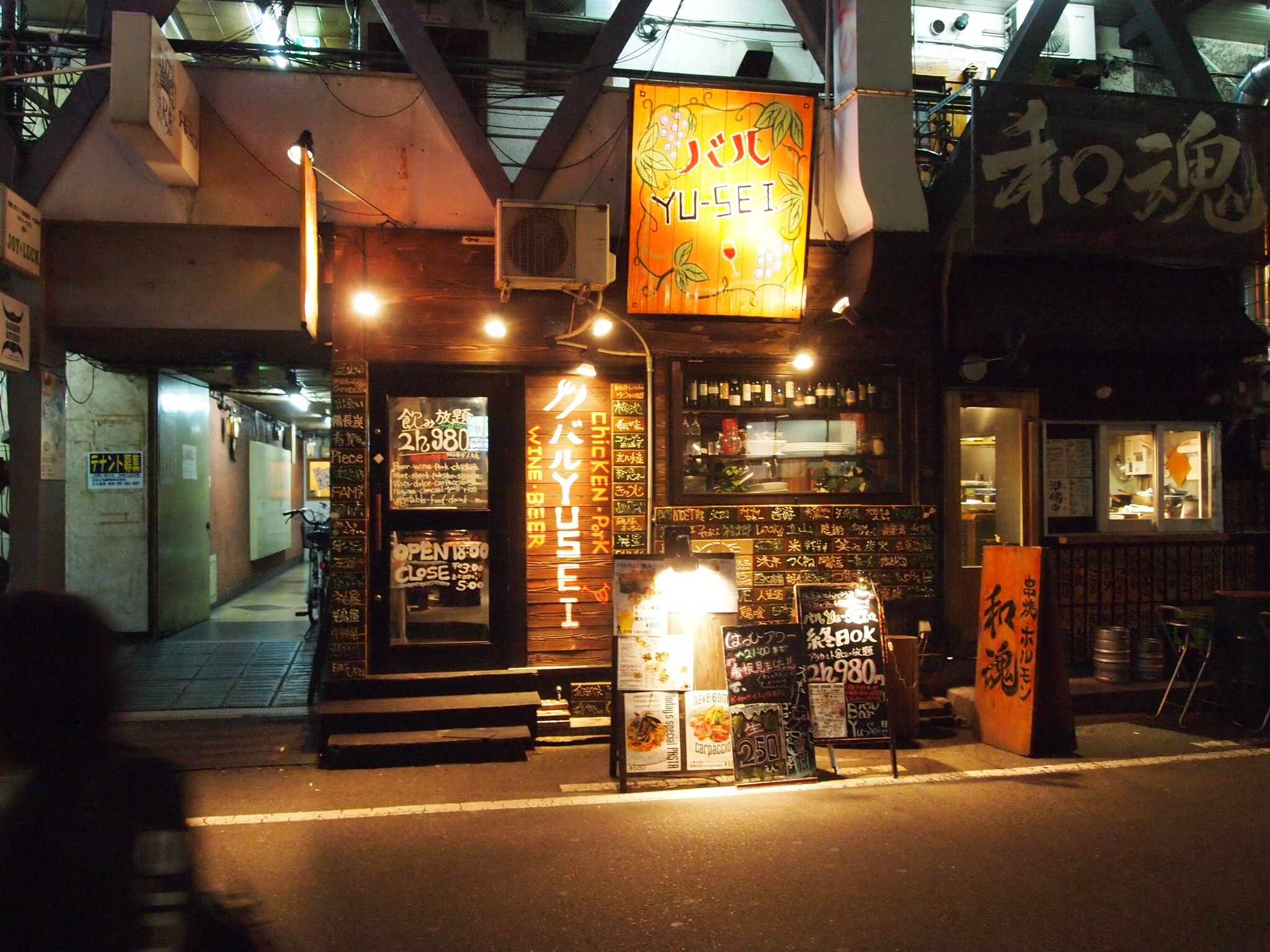I like Christmas music.
 If you’ve known me for any length of time, or read the blog for any length of time (hello!) you’ll know I’ve talked about Christmas music before. Heck, I was even immortalized in a comic, sort of, as being really into Christmas music. And you know, a disclaimer, I shit on something pretty hard in this blog post (spoiler: it’s in the title) and I realize it’s a difficult time of year, people take comfort and solace where they can, and going knives-out on something people love isn’t like, delightful of me, but I was literally moved to rush to the computer and write this down, so consider it, at the very least, from the heart, and not just random meanness.
If you’ve known me for any length of time, or read the blog for any length of time (hello!) you’ll know I’ve talked about Christmas music before. Heck, I was even immortalized in a comic, sort of, as being really into Christmas music. And you know, a disclaimer, I shit on something pretty hard in this blog post (spoiler: it’s in the title) and I realize it’s a difficult time of year, people take comfort and solace where they can, and going knives-out on something people love isn’t like, delightful of me, but I was literally moved to rush to the computer and write this down, so consider it, at the very least, from the heart, and not just random meanness.
So yeah, Christmas music.
As the world has gotten darker over the past few years (was going to comment on this but I think it’s just a given at this point) it’s taken me longer to get into the Christmas spirit, it’s been harder to enjoy the Christmas music that I used to enjoy playing at the stroke of November 1st every year.
(I mean, Canadian Thanksgiving is in early October–there’s no bullwark between the onslaught of Adult-Christmas, aka Halloween, and Actual Christmas, in Canada. Though that’s all but disappeared in America too, despite some staunch opposition.)
I happened to be out in a mall yesterday and I heard my first Christmas music in the wild–a cover of the Paul McCartney Wonderful Christmastime–and I realized I rather enjoyed it. So tonight as we were cooking dinner, cleaning our apartment, and just generally living, Andrew and I put on the Spotify Christmas mix “Christmas is Coming.” Not quite digging-out and setting up the more than 5000 Christmas mp3s I have stashed away, but, a nice way to ease into the season.
And that’s where I heard it, Chris Rea’s Driving Home For Christmas, my most hated Christmas song. And readers, it has not improved with age.
Chris Rea’s Driving Home For Christmas is a bad song. It is every single thing wrong with Christmas music, that people who hate Christmas music complain about when they complain about it. The melody is awful, short, repetitive. There’s nothing in the music that places it at Christmas specifically, it doesn’t really fit. It’s not even sing-songy. There’s this wash of strings but then a light supermarket jazz piano is laid over top. They don’t meld, but then, there’s a bunch of things that don’t meld, including his voice which is trying to be an American-accented working-class country, or pop, or rock sort of thing, every kind of popular music appeal amounting to nothing. There’s a way to do this that’s classy, that would elevate the material–imagine Tom Jones on those lyrics, or at least those sentiments, and he’d be so much better. Speaking of those lyrics, they’re saccharine. And not just Christmas Pop Music Saccharine. They take something relateable about the season–driving home from whatever city you’ve moved to, to your hometown to see your family at Christmastime–and turn it into adult contemporary mush, and no, his delivery doesn’t help that part either. He’s wistful for the events that are occurring as they occur in the song, trying to sell you on just how wistful the song is without earning it. It’s less honest about it’s emotional manipulation than Christmas Shoes, and therefore actually worse. It sounds like Muzak. It is the Muzak-version of it’s own song. And the percussion is trite, too.
So I sing for you
Though you can’t hear me
When I get trough
And feel you near me
Driving in my car
I’m driving home for Christmas
Driving home for Christmas
With a thousand memories
– Driving Home for Christmas
And people in the UK fucking love it. And they’ve fallen more in love with it every year.
Released officially in 1998, the single peaked at #54 in the singles charts around Christmastime. It’s been periodically re-released since then, and last year’s 2017 re-release saw it hit #14 on the single’s chart–of all music, not just Christmas music. It’s considered one of the UK’s top-ten Christmas tunes. People love Chris Rea’s Driving Home For Christmas… in the United Kingdom. In Canada and the U.S.A., it’s almost entirely unknown, as is Chris Rea.
There are any number of bits of Christmas music that I deeply love from my childhood, that I listen to to this day, and that set the teeth of my friends entirely on edge. The Boney M Christmas albums are so good, but German R&B and Disco covers of classic religious songs are not for everyone. Likewise my favourite version of Baby It’s Cold Outside is actually the big-band version by Steve and Eydie (Steve Lawrence & Eydie Gorme) from 1964, the over-the-top acting and huge orchestral sound really selling the innocence of a song that has a lot of otherwise problematic elements. I get liking music, particularly in this genre, that other people hate. A big component of why I like it, and why a lot folks like Christmas music in general, is nostalgia, and the nostalgic colouring of our feelings. The Christmas music of our youth, or a certain time in our life, is going to always help us smooth out any of the problems with a song (or genre!). “Yeah I know it’s cheesy,” we say. “But I can’t help it, I grew up with The Count from Sesame Street singing All I Want For Christmas Is My Two Front Teeth,’ and that’s my version!”
It’s also why there’s so much argument over the best version of Christmas songs–it’s a limited repertoire after all and adding to the Christmas song cannon is difficult as hell. So with very few exceptions, the ‘best’ version of a Christmas song to most folks is the one for which they have the strongest personal connection, either nostalgia, their existing love of the singer, or a version of the song that meant a lot to them. Michael Buble has basically recorded the entire cannon of Christmas songs at this point, and his isn’t the best version of any of them, but even my Mom, who provided all of the music that imprinted on me, who should know better, would still rather listen to him than Dean Martin, or Elvis, or whomever. Even after the atrocity that is Santa, Buddy. Inconceivable. But, here we are.
So it’d be easy to say that it’s just a lack of nostalgia, a lack of early introduction to Chris Rea’s Driving Home for Christmas 30 years ago, that’s preventing me (and, TBH, North America) from appreciating this song that is inescapable in British Christmas celebrations. Except. Except. There is…
SLADE.
https://www.youtube.com/watch?v=0A8KT365wlA
Alt Link
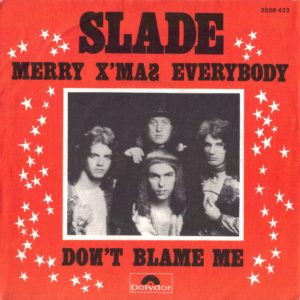 Slade recorded Merry X’Mas Everybody in 1973 and it hit the top of the charts at Christmas. A UK-only release, from a glam rock band, the song has every single component of Chris Rea’s Driving Home For Christmas, done right, and done better, even including being almost entirely unknown outside the UK. I actually didn’t discover it until my mid-20s, on the Warren Ellis forum, where the assorted Brits would talk about deeply loving this song I’d never heard of. Of course, I loved it right away upon finally listening to it, with no nostalgia, no rose-coloured glasses, the exact opposite reaction to Driving.
Slade recorded Merry X’Mas Everybody in 1973 and it hit the top of the charts at Christmas. A UK-only release, from a glam rock band, the song has every single component of Chris Rea’s Driving Home For Christmas, done right, and done better, even including being almost entirely unknown outside the UK. I actually didn’t discover it until my mid-20s, on the Warren Ellis forum, where the assorted Brits would talk about deeply loving this song I’d never heard of. Of course, I loved it right away upon finally listening to it, with no nostalgia, no rose-coloured glasses, the exact opposite reaction to Driving.
Merry X’Mas Everybody is about Christmas, yeah, but it also evokes Christmas, and you can’t quite tell is it’s pro-Christmas or anti-Christmas, it presents Christmas as omnipresent, inevitable, inescapable. It ends with a literal scream, IT’S CHRISTMASSSS!, the sort of childish exuberance at 5am Christmas morning that simultaneously lights-up and makes-weary every parent. It’s neither working-class nor upper class, it’s certainly not posh, and it isn’t wallowing in the difficulties of the year, but it also isn’t ignoring them either. The entire song, actually, is surprisingly ambivalent about Christmas, simply stating things that are happening and asking questions. It is drenched in the nostalgia of the season, like Driving, but it’s also self-aware in a way that Rea deliberately avoids. Hell, Rea, manages the line “Driving to Holy Land” to refer to like, his parent’s house, with a straight face, while Slade points out the hypocrisy of your Grandmother, who is up and dancing to contemporary music, including, of course, the song to which you are listening, Slade’s song.
Musically, it’s a solid track. It’s right in the middle of Slade’s oeuvre, with some lovely concessions to the holiday season instrumentally. The singer’s giving it 110%, and the bass line in particularly is great. It’s very of its time of course, but so solid that it’s also a top-10 Christmas hit in the UK still, and gets a ton of radio play. It’s just on the edge of being a cheesy novelty song (or at least, more of one than all Christmas music), but it legitimately rocks. To my mind its more successful than the other great glam rock Christmas track, Wizzard’s I Wish It Could Be Christmas Everyday, which is also similarly exhuberant and joyous but too relentlessly positive, it doesn’t leave room for anything other than agreement. Slade invites you into the madness, Wizzard forces you to comply.
Which brings us back to Driving Home For Christmas. Without the nostalgic attachment, the repetition over decades, it’s failed to make an impression in North America, despite re-releases and its appearance on that Spotify list. As someone who seeks out Christmas music every year it’s made an incredibly negative impression on me though. It’s a bad song, badly performed. People don’t get excited about it (although I imagine the comments section will be perhaps full of angry Brits), but when people do speak of it positively to me, they usually describe it as a respite, a slower and more reflective Christmas standard that you can hum along to, that fades into the background without drawing attention to itself, without making itself obnoxious (or in any way notable) and that negative space in between other more ‘demanding’ Christmas music earns it a lot of points in a season that can feel overwhelming.
I can get behind that. Like I said at the very top, by way of disclaimer, people should find the things that they need, and enjoy them, and for a whole Kingdom that’s the sleepy sweet embrace of Chris Rea’s snowy, traffic-light-filled Christmas tune. But to me, the very best Christmas music, going back to the translated-from-German secular music and even the religious carols, are about observing a time and a place and an event, about the recognition of good (Birth of The Saviour! Trees!) and the bad (freezing to death because of being poor but being saved through the magnanimity of Kings, a somewhat rare occurrence), and about celebration. Stevie Wonder’s One Little Christmas Tree is basically perfect, for example. I could never connect with Rea’s song because, despite literally driving home for Christmas every year, it never felt real to me. Neither as fake and bouncy as a manufactured Christmas Love Song, nor with the biting realism of the difficulty of the season like Rilo Kiley’s Xmas Cake, it just seemed so middle-of-the road, so self-serious about its mundanity, so lacking in profundity despite its earnestness. Also it fucking sets my teeth on edge. I almost wish I had that same nostalgic lens as many friends to view the song through, so I could save my poor tooth enamel.
Ah well, there’s always The Count to soothe my soul.
